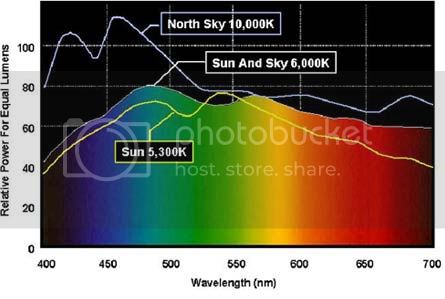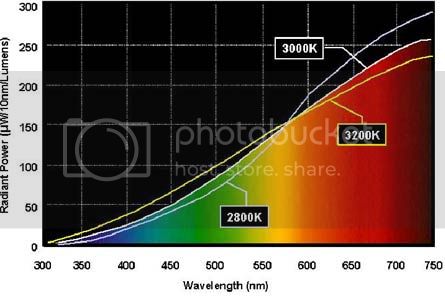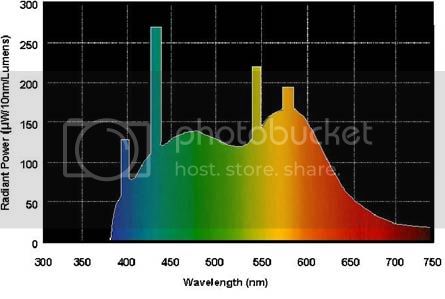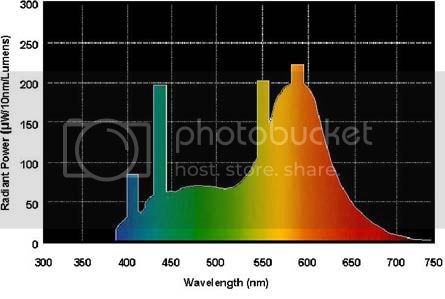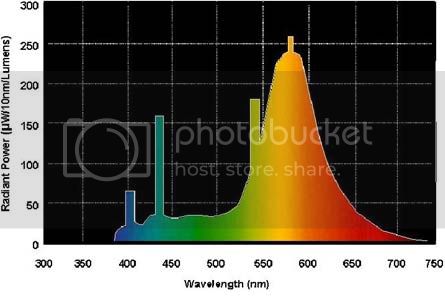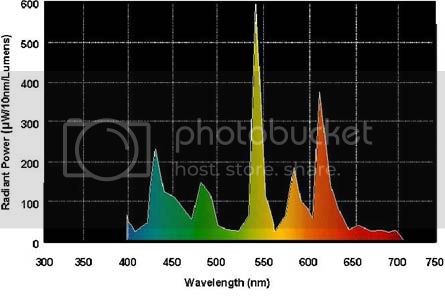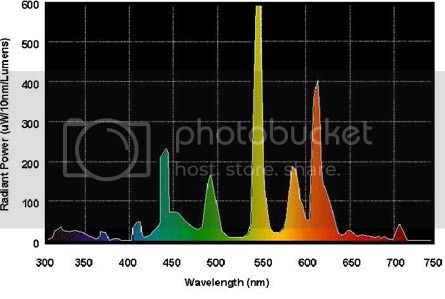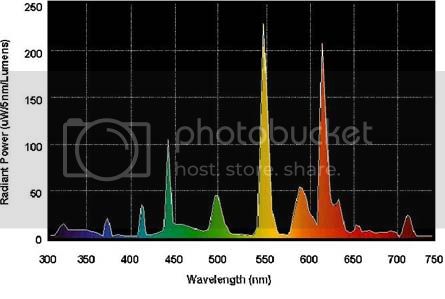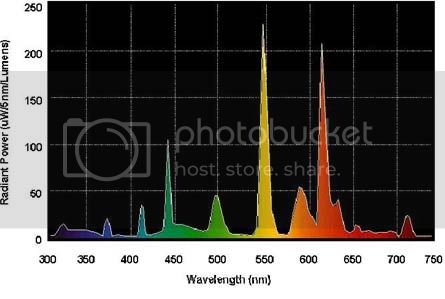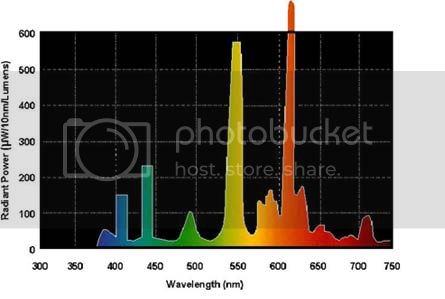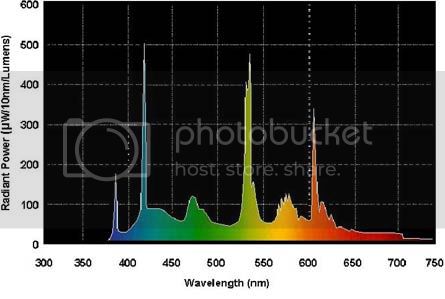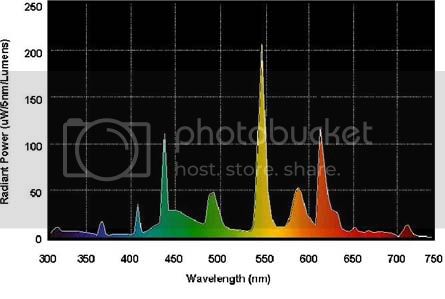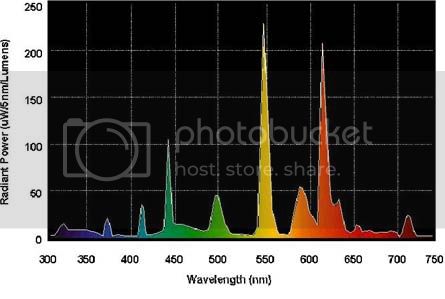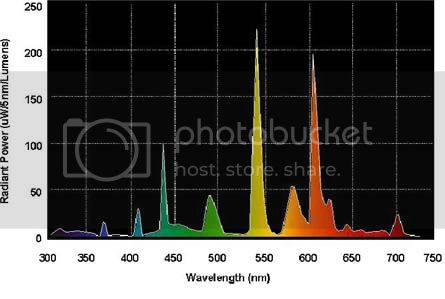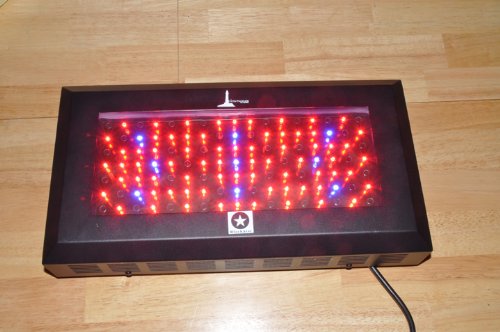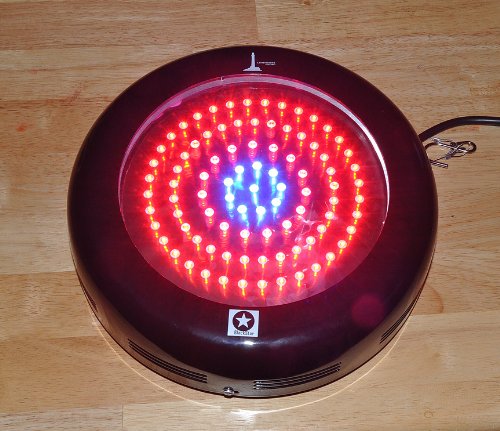Ok so I was kind of confused on which lights to get for my plants. I was confused about the difference between lumens, wattage, color temperature, and how it all played to my plants. This thread is to provide good information for all pepper growers to inform them of the right type of light to use on their plants. I did the research just for you so take the time to read this up to increase your plants health and look.
Understanding Light and Wavelength
Ok first of all lets define what light actually is. Sun light is a combination of many different wavelength lights transmitted from the sun. This combination of light is called a spectrum. A spectrum defines all aspects of the characteristic of a given light source. The most logical thing to point out is that sun light is the best quality light you can give for your plants. If you are able to put your plants outside then do it! Otherwise if your like me you need to use a light inside to grow your plants.
I bet when you decided to grow your plants inside you prolly went out a bought a light bulb and plugged it into your desk lamp and turned it on. However this isn't the same as regular sunlight. Anyway your at the store and see all these different lights and are confused what to buy. There are daylight, cool daylight, warm daylight, and weird temperatures such as 2700 K, 5000 K, or 6400 K and you have no idea what to buy!
The thing is there isn't a one light bulb fits all solution and I will explain why that is the case. Sunlight is what is called a continuous light source. That means that all the wavelengths from 400-700 nm are all present in an equal fashion in regular sunlight. Most people on the forum may say that CFL is the best bulb to buy. However the CFL is not a continuous light. The CFL bulb works by combining 3-4 types of phosphorous gas inside the bulb and sending an electric signal through that gas, which caused the gas to ionize and produce light. The 3-4 types of gases all give of a dominant wavelength. Therefore on a spectrum you will see lines of strong light while some light wavelengths are very dim or non-existent.
Lets look at the spectrum for sunlight using a basic diffraction grating spectrometer. These pictures are taken from here
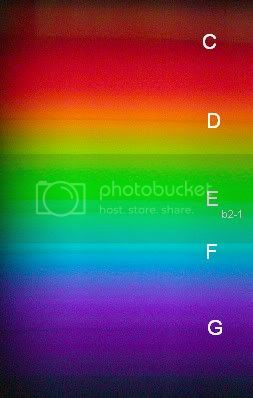
As you can see the color continuous flows from one color to another. This is what we call a continuous light source.
Lets look at a fluorescent tube bulb spectrum
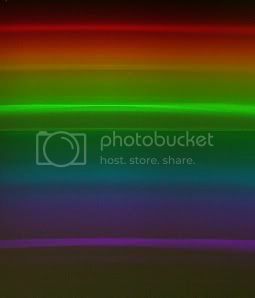
As you can see the color is continuous but some color's show up brighter than other colors. These are the dominant wavelengths.
Lets look at a CFL, compact fluorescent bulb.
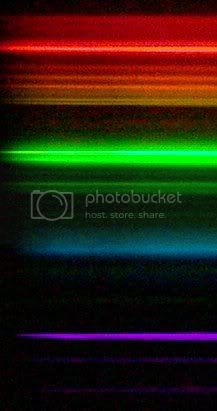
As you can see alot of the color's are absent in this type of bulb. This bulb only showcases the dominant wavelengths while the intermittent wavelemgths are either too dim to see fully or absent.
But What Does This Have to Do With My Light Bulbs?
Understanding light spectrum is so fundamental in understanding on what light bulb to get because most bulb company's fabricate an equivalent color temperature that describes the mean temperature of the light given off. This does not mean that only that specific wavelength is given off but a normalized average. Wavelength can be expressed as a temperature in Kelvin by using Wein's Displacement Law which is the basic starting argument for arguing light is a wave (quantum mechanics).
Basically we want to find a bulb that is similar to sun light and too that we need to compare the spectrums of the bulb with sunlight to find a match. This bulb then should be sufficient to feeding your plants.
Understanding Light and Wavelength
Ok first of all lets define what light actually is. Sun light is a combination of many different wavelength lights transmitted from the sun. This combination of light is called a spectrum. A spectrum defines all aspects of the characteristic of a given light source. The most logical thing to point out is that sun light is the best quality light you can give for your plants. If you are able to put your plants outside then do it! Otherwise if your like me you need to use a light inside to grow your plants.
I bet when you decided to grow your plants inside you prolly went out a bought a light bulb and plugged it into your desk lamp and turned it on. However this isn't the same as regular sunlight. Anyway your at the store and see all these different lights and are confused what to buy. There are daylight, cool daylight, warm daylight, and weird temperatures such as 2700 K, 5000 K, or 6400 K and you have no idea what to buy!
The thing is there isn't a one light bulb fits all solution and I will explain why that is the case. Sunlight is what is called a continuous light source. That means that all the wavelengths from 400-700 nm are all present in an equal fashion in regular sunlight. Most people on the forum may say that CFL is the best bulb to buy. However the CFL is not a continuous light. The CFL bulb works by combining 3-4 types of phosphorous gas inside the bulb and sending an electric signal through that gas, which caused the gas to ionize and produce light. The 3-4 types of gases all give of a dominant wavelength. Therefore on a spectrum you will see lines of strong light while some light wavelengths are very dim or non-existent.
Lets look at the spectrum for sunlight using a basic diffraction grating spectrometer. These pictures are taken from here

As you can see the color continuous flows from one color to another. This is what we call a continuous light source.
Lets look at a fluorescent tube bulb spectrum

As you can see the color is continuous but some color's show up brighter than other colors. These are the dominant wavelengths.
Lets look at a CFL, compact fluorescent bulb.

As you can see alot of the color's are absent in this type of bulb. This bulb only showcases the dominant wavelengths while the intermittent wavelemgths are either too dim to see fully or absent.
But What Does This Have to Do With My Light Bulbs?
Understanding light spectrum is so fundamental in understanding on what light bulb to get because most bulb company's fabricate an equivalent color temperature that describes the mean temperature of the light given off. This does not mean that only that specific wavelength is given off but a normalized average. Wavelength can be expressed as a temperature in Kelvin by using Wein's Displacement Law which is the basic starting argument for arguing light is a wave (quantum mechanics).
Basically we want to find a bulb that is similar to sun light and too that we need to compare the spectrums of the bulb with sunlight to find a match. This bulb then should be sufficient to feeding your plants.

